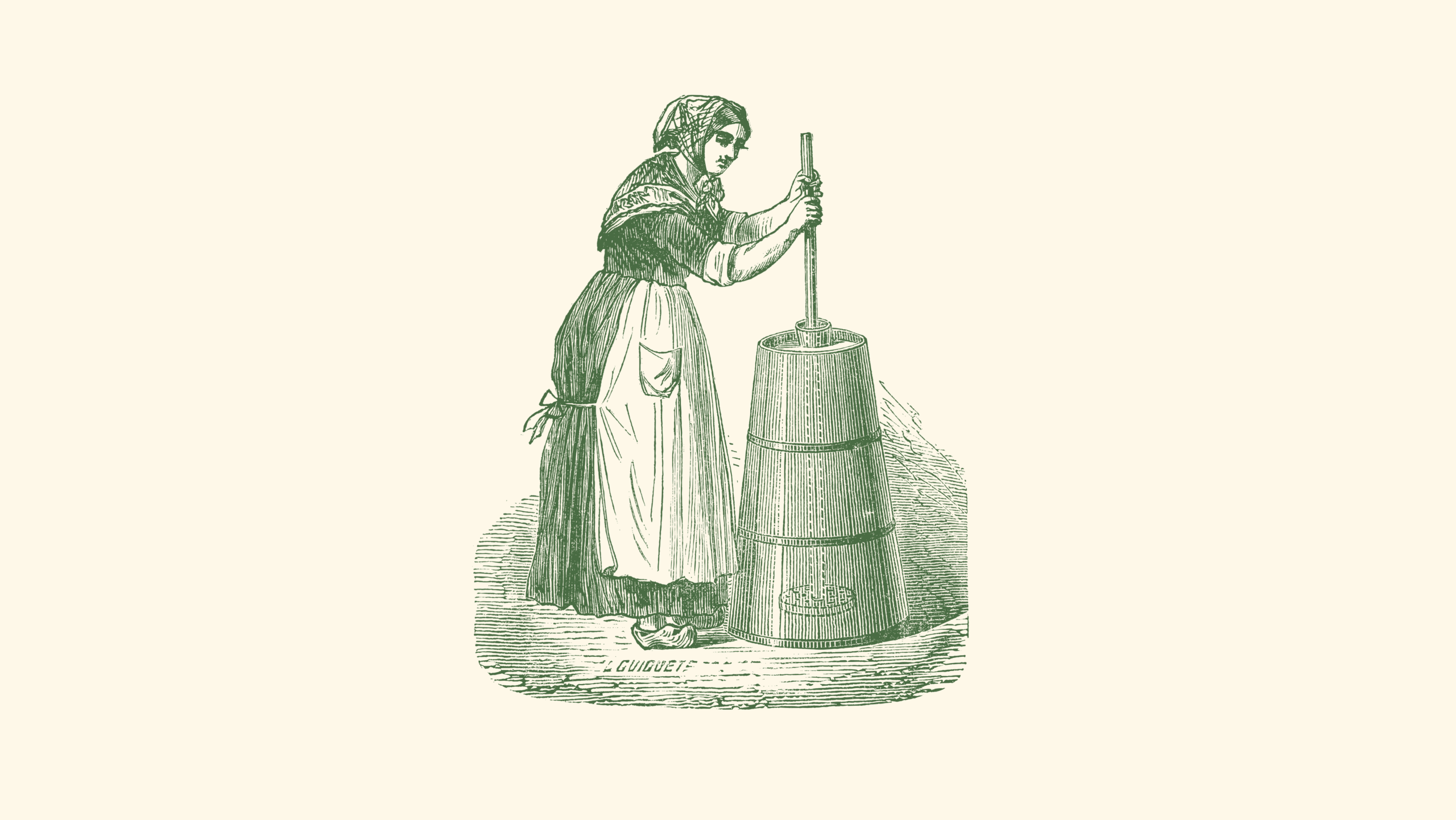Point of view. It’s more important than your actual opinion.
We’ll just get to the point.
FIRST PERSON
Example: I joined the circus.
I like to use or read first person point of view when I’m looking to create an intimate connection with someone.
Benefits: Helps readers feel closer to you.
Pitfalls: Can come off as self-centered, limits the potential for adding points of view.
FIRST PERSON PLURAL
Example: How are we doing today?
First person plural is inclusion’s best bud. But be careful! First-person plural can give off an air of inauthenticity, especially to nay-sayers and skeptics.
Example: How are we doing today?
Benefits: Creates a sense of unity among a collective and can be highly motivating.
Pitfalls: Creates one collective perspective and puts pressure on conformity.
SECOND PERSON
Example: When you work here, you are family.
By far the most used POV of marketers, second person puts your reader in the hero’s seat. But be careful. Second person POV isn’t great for people who don’t like to be told what to do. I’m looking at you, Sagittarius. (You, too, Gemini.)
Benefits: Places readers as the hero of the story and sets a highly motivating tone.
Risks: Gives a false sense of intimacy, can come off as condescending.
THIRD PERSON
Example: They went to the circus.
He, her, they. Third person is the pronoun-friendly point of view designed for journalism. It has fallen out of popularity in favor of second person.
Benefits: Allows you to employ more than one person’s point of view and helps you maintain objectivity if needed.
Pitfalls: No personality, vague. Unintentional misgendering.



